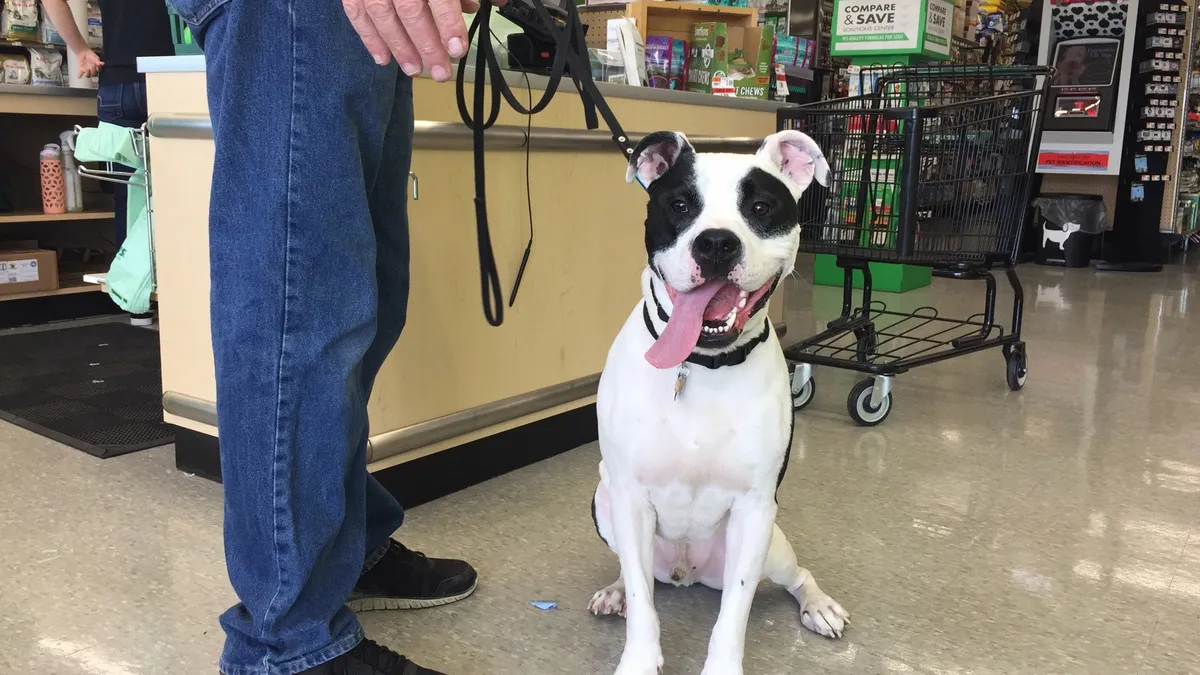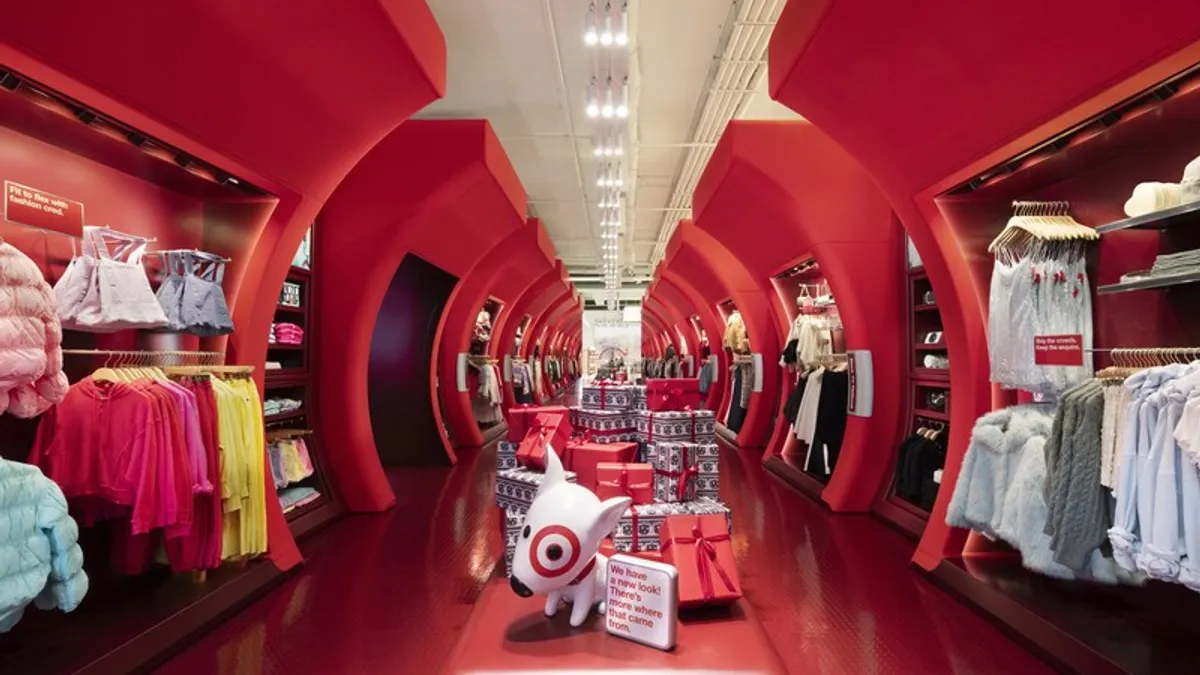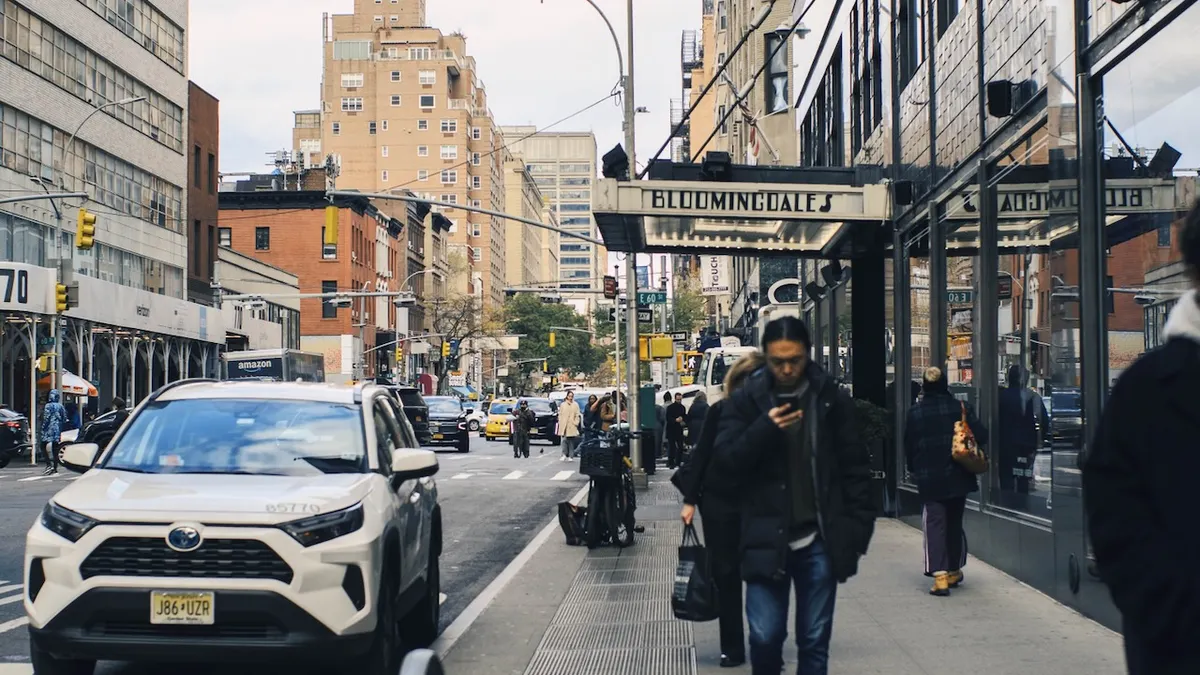Macy's has wasted little time in making use of its 2018 acquisition of Story, a quirky retail concept that since 2011, in New York City's Chelsea neighborhood, has partnered with retailers and brands big and small.
In what Story founder Rachel Shechtman devised as a magazine-like monthly rotation of merchandise based on a theme, the boutique created an enticing atmosphere by treating the store as a medium for discovery. If that sounds just like what a department store like Macy's needs, Macy's apparently thought so too, and bought the business last year, bringing on Shechtman as its "brand experience officer."
The acquisition was a play that Doug Stephens, author of "Reengineering Retail: The Future of Selling in a Post-Digital World," says he had encouraged Macy's board and executive team to make only months earlier. "My belief was and remains that by moving to a 'store as media' model for revenue, Macy's could augment their revenue and profitability considerably and do so without the usual inventory commitment that conventional retail involves," he told Retail Dive in an email.
Just a year or so on, the retailer has not only brought the Story concept into its Herald Square flagship, but also to 35 other stores in 15 states. Stephens — and Macy's management — isn't the only one who views it as a solid move. Shlomo Chopp, who consults with and invests in shopping centers, notes that "Story was brought to Macy's presumably to increase the viability and attractiveness of Macy's to todays evolving consumer." He also stated, "I commend Rachel Schechtman (and Macy's) for being the only new age retail guru to walk into a rigid corporate hierarchy and make them bend to her will – although I am sure that [a lot] of her ideas are on the cutting room floor."
For its push beyond Manhattan, Macy's has chosen well, according to retail analyst Nick Egelanian, president of retail development consultants SiteWorks. "Not only is the investment in Story a good one, but when you look at WHERE Macy's is locating it, they are aiming correctly right at the heart of their best stores in the best high end Specialty Retail markets in the United States," he told Retail Dive in an email. "From Newport Beach, to Union Square, Short Hills, Houston Galleria and Lenox Square, and most of the other markets they are targeting, we are literally talking about some of the best retail addresses in the United States and the world."
That must go further if Macy's hopes to regain the market share it's lost to specialty and off-price retail, experts said. "I'm glad to see them introducing the concept to an initial selection of stores. But I would also encourage Macy's not to view STORY as a mere novelty within a handful of stores but rather to adopt the STORY model for revenue as a general operating premise for ALL of their stores," Stephens said. "Macy's should be looking for opportunities to free up space in every store where they can collaborate with brands to create powerful experiences for consumers. Experiences in retail are no longer just the icing on the cake. Experiences ARE the cake."
Egelanian agrees, though he warned that not even Story is a panacea for an over-stored retailer that, in his view, has more to do in right-sizing its footprint. "While I am under no illusion that this move alone is enough to save Macy's overall, this move, and another 25 well targeted moves like it, could be the difference that will allow Macy's to survive eventually as a much smaller specialized chain operating on the coasts and a few select interior 'money center' cities," he said. "That Macy's chain would likely be no more than 100-150 stores, a fraction of its current fleet."
How the retailer has chosen to present Story may preclude it from taking full advantage of the concept, however, warned Chopp, who believes the concept should have a more primary placement in stores, at the entrance. "I would say that Story can work on its own and does not need shoppers from Macy's to come to them, but rather Macy's needs Story to be a draw to Macy's," he said in an email to Retail Dive. "I would not be in favor of a back and forth [presentation], but rather for the outlet to be into Macy's so the Macy's store itself does not get cluttered with shoppers only looking to get into Story. So, in a perfect scenario, a shopper comes for Story and on the way out decides to see what Macy's is up to."
But Macy's doesn't seem to trust customers to do that, he also said. "Macy's was not convinced that if they placed Story in with its own identity along the entranceway that the Macy's store will capture the shopper — which speaks volumes."
For that reason, the partnership could ultimately undermine Story, and, in turn, its effectiveness for Macy's. "I think Story will lose its lustre and become a part of Macy's and its success will be tied to the greater brand," Chopp said. "If I want a craft beer, do I go to a cool restaurant and sit at the bar or do I go to the hip bar? Obviously the latter because I may not even know, recall or pay attention to the fact that the restaurant serves beer and if so craft beer. Indoor malls don't work for inline retailers unless the anchors are strong (or you're the only game in town)."






















